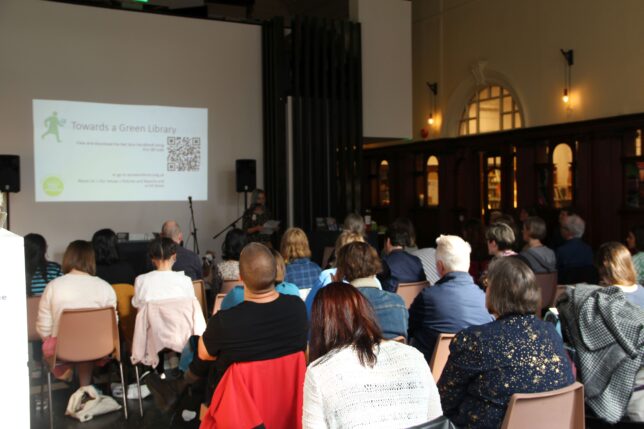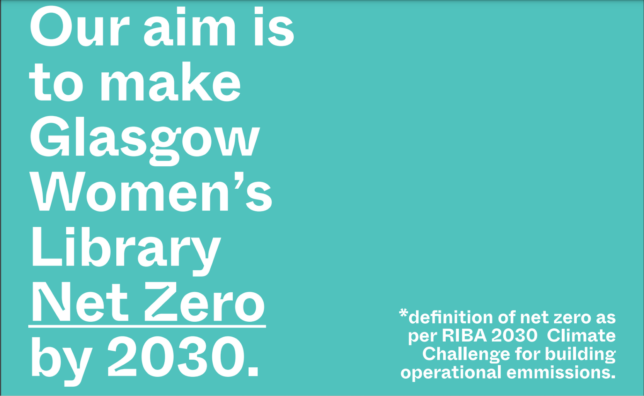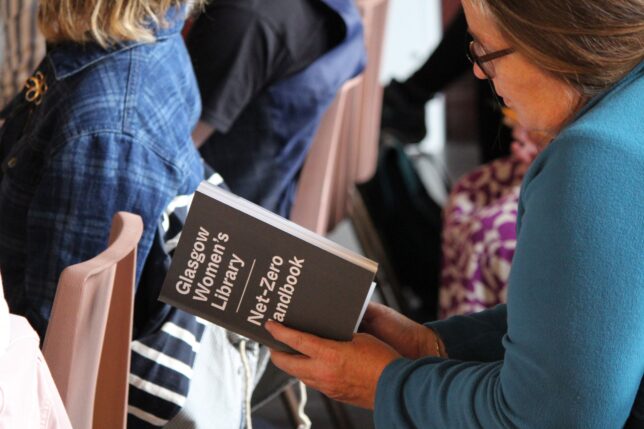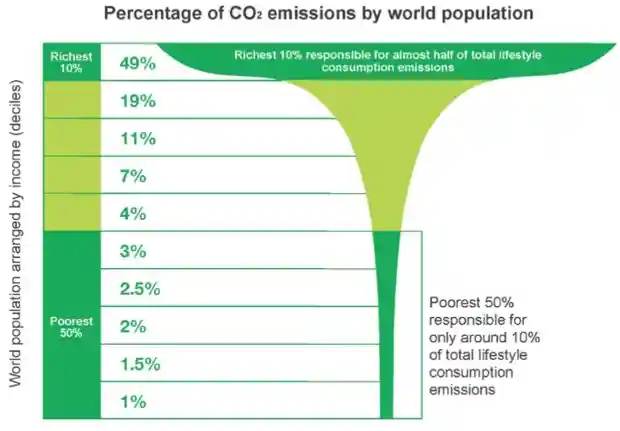On the 29th of June the GWL hosted ‘Towards a Green Library’ where the GWL Handbook to Net Zero was showcased. The event was an informative one, where several staff members from the library, architects who have worked on the GWL building (at different stages of its life as the Women’s Library), and local councillors from the Green Party each spoke about their different areas of expertise and weighed in on the journey to Net Zero.

What is Net Zero anyway? As mentioned at the event, it’s a term that’s thrown around a lot nowadays, but a decade ago it didn’t really mean much. When the GWL was moving into its current home, it wasn’t a concept and didn’t feature into the design of the Library, as the architects who had worked on it then told us. It’s pretty bonkers that this term is so new but carries so much weight for us now. However, it means different things to different people and organisations, which can make it a bit difficult to follow. If you look at the fine print of the documents that institutions produce about becoming Net Zero, you’ll find that Net Zero usually means ‘most of our carbon production will cease but there’s an amount which will always be produced but we’ll mostly ignore that’. You have to be careful hearing ‘carbon neutral’ or ‘Net Zero’ because many companies are using ‘carbon offsetting’ in order to justify their green label. This is a greenwashing process where carbon is still produced by the people/company but they do things like plant trees or invest in carbon-reducing initiatives and then tally it up as this ‘cancelling’ the carbon they produce. Often it just becomes a way for wealthy people to justify their lifestyle; in the news a couple of years ago it became clear that loads of celebrities were taking a huge amount of flights but carbon offsetting by paying for trees to be planted.
I’ll cease my small rant about greenwashing there. Back to the event. The idea was to share with the community – and whoever was interested – the Library’s plans to achieve Net Zero status by 2030. Instead of producing some stuffy report, which was not likely to be read by many people, the team have produced a bright, clear handbook which goes through all the relevant information (building structure, materials used to improve the building, changes to operations, the potential use of renewables, etc.). There’s a lot of information in there but it’s laid out in an accessible and clear way, so you don’t feel overwhelmed by all the technical jargon.

What was great about the event was that every person who spoke contributed something completely different and were each full of interesting facts about the library and how it operates. I learned so much about what the building was like when it became GWL’s home, what stage the current plans are for insulation, how various systems are currently being improved, and what future ‘blue-sky’ plans for the library could be.
I think that the plans are comprehensive and it’s clear that the team have thought hard about maintaining the balance between making the building eco-friendly and also keeping it functional and inviting for those who use the space. As the discussion developed at the event, it became clear that this is quite difficult to do but that the current plans tread that fine line well.

As someone who spends a lot of time thinking about the climate crisis and how I impact the environment, this event sparked some thoughts for me. I feel like when talking about environmental impact, space and place are an important consideration but are not often mentioned. There’s my impact as an individual (the food I eat, the clothes I wear, the transport I take, etc.) but there’s also the spaces I inhabit. My home (a drafty tenement flat in Glasgow), my place of work (the buildings that make up the University of Glasgow), and the places where I choose to spend my time (such as the Women’s Library). Each space has a completely different function and user base, but each has to be considered in the aim for Net Zero.
It was clear at the event that there is very little guidance for cultural spaces regarding the Net Zero aim, which I thought was really interesting. There’s a lot of chatter about Net Zero at a governmental level, as well as big institutions like universities, but I hadn’t realised that spaces like museums were kind of going at it on their own. There’s a lot to consider when making a library or museum greener, such as preserving the integrity of the collections and making sure you don’t leave people freezing, in what are often large open spaces (I’m thinking of you, National Museum of Scotland). I think it’s really amazing that the GWL is taking a leap into the dark with this and coming up with an action plan, when the rest of the sector doesn’t have a huge amount of support. A quick Google will also show you that the GWL has the ambitious plan of Net Zero by 2030, whereas other places (Natural History Museum, Science Museum group) have plans of 2033 or later. With rapidly changing conditions (like the erratic weather), a single year can make a big difference.
Of course, it’s not just down to cultural institutions to tackle the climate crisis. Everyone has their part to play. Not that those parts are equal though. I think certain companies and countries have a much bigger responsibility (I’m thinking oil companies and countries in the Global North) to take this on, given that their emissions are far higher and the impact of their practices is much bigger than other companies and countries. I think sometimes we get persuaded by the ‘everyone has an equal part to play’ argument, which places consumers and more eco-minded or smaller countries on the same level as Big Tech or fossil fuel companies. Let’s not pretend that my forgetting to switch the lights off when I go out (I would never do this, I promise) is on the same level as pumping millions of gallons of waste into a river.

That doesn’t mean I shouldn’t try though. As long as I am committed to my future and as long as I still think there’s hope, I think it’s important to adapt as much as I can to a more eco-friendly way of life. I’m not perfect at it, but I am making small improvements. Maybe there’s a space (see what I did there?) for this at the Library. I would love for there to be a wee group that meets up and shares practical and achievable ways for becoming more green as an individual or a household. A space where we can gently nudge each other onto a more environmentally-friendly path. Somewhere I can say ‘this is making me scared’ and other people can go ‘it’s okay, me too’. It’s a big scary thing, but I think with the GWL community, we can weather it together (sorry, I couldn’t resist another pun).

Comments are closed.